Enter a surname, town name or other keyword to search the database. Remember to
allow for the different spellings of 'Mc' and 'Mac.' Good luck!
{Search tips: Use single word search terms for more results}
You must enter some valid character(s) into the search field
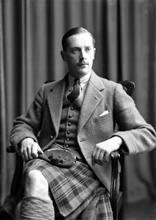
Reference: 32057e
Mr Argyll Robertson, The Depot...
|
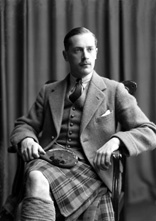
Reference: 32057d
Mr Argyll Robertson, The Depot...
|
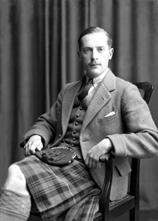
Reference: 32057c
Mr Argyll Robertson, The Depot...
|
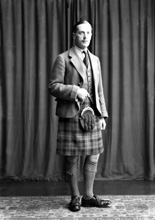
Reference: 32057b
Mr Argyll Robertson, The Depot...
|
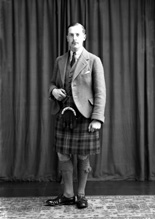
Reference: 32057a
Mr Argyll Robertson, The Depot...
|
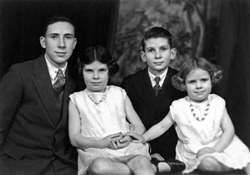
Reference: H-0304
Archie, Sydney, Rita and Glady...
|
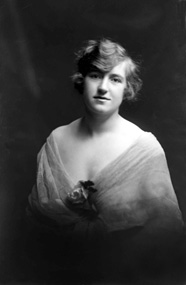
Reference: 23263b
Miss Mackenzie, The Rodmure Sc...
|
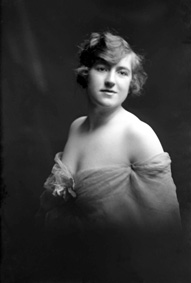
Reference: 23263a
Miss Mackenzie, The Rodmure Sc...
|
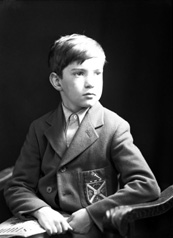
Reference: 41039d
Andrew Chalmers in the uniform...
|
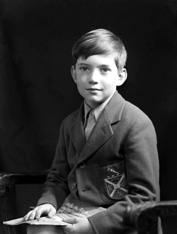
Reference: 41039c
Andrew Chalmers in the uniform...
|
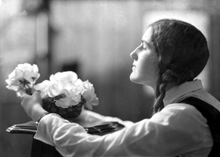
Reference: 29006e
Girl in school uniform. # ...
|

Reference: 29006d
Girl in school uniform. # ...
|